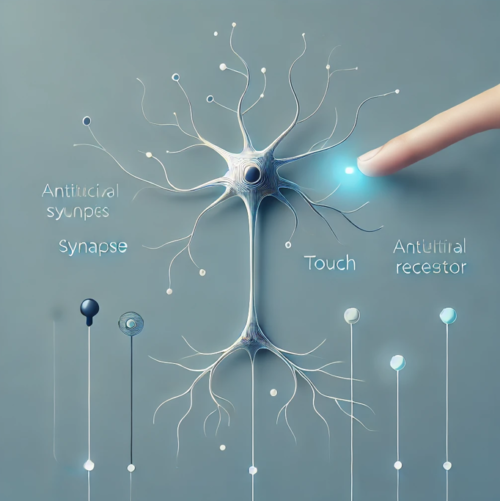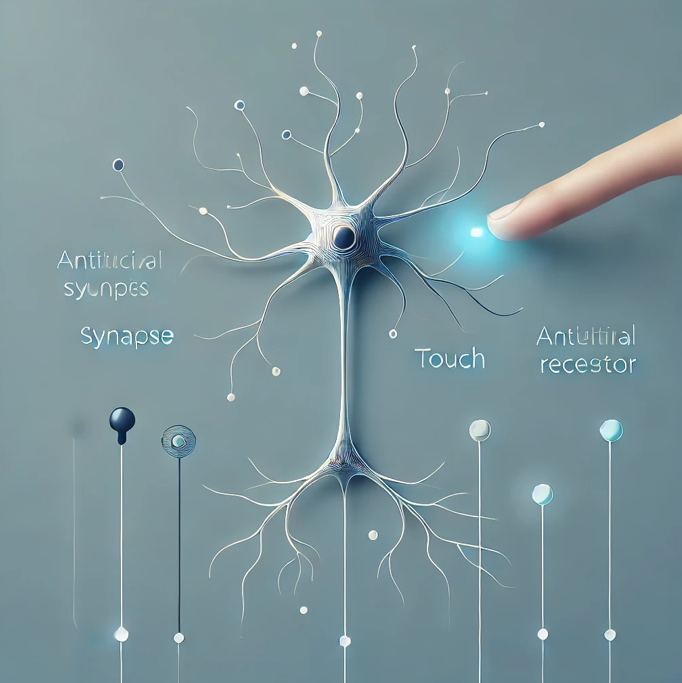2025-02-13 ノースウェスタン大学

©ma-sato@Tiisys
<関連情報>
- https://news.northwestern.edu/stories/2025/01/scientists-mimic-real-biological-processes-using-synthetic-neurons/
- https://www.pnas.org/doi/10.1073/pnas.2414879122
ニューロモーフィック知覚システムのための有機電気化学ニューロン An organic electrochemical neuron for a neuromorphic perception system
Yao Yao, Robert M. Pankow, Wei Huang, +15, and Antonio Facchetti
Proceedings of the National Academy of Sciences Published:January 8, 2025
DOI:https://doi.org/10.1073/pnas.2414879122
Significance
Bioelectronic-inspired neuromorphic perception systems have the potential for efficient sensing and processing environmental stimuli. However, artificial neurons and synapses constructed with silicon and inorganic materials are constrained by their limited compatibility with biological systems. Organic electrochemical transistors (OECTs) have emerged for constructing organic electrochemical neurons (OECNs) because their working mechanisms resemble those of various biological processes. However, expanding the range of neuron responses that OECNs can mimic remains challenging. Here, we introduce an OECN concept using OECTs with an innovative semiconductor and vertical architecture, achieving a broad, adjustable firing frequency range of 0.13 to 147.1 Hz in a compact design. Additionally, we demonstrate a neuromorphic perception system integrating mechanical sensors with OECNs and an artificial synapse for tactile sensing.
Abstract
Human perception systems are highly refined, relying on an adaptive, plastic, and event-driven network of sensory neurons. Drawing inspiration from Nature, neuromorphic perception systems hold tremendous potential for efficient multisensory signal processing in the physical world; however, the development of an efficient artificial neuron with a widely calibratable spiking range and reduced footprint remains challenging. Here, we report an efficient organic electrochemical neuron (OECN) with reduced footprint (<37 mm2) based on high-performance vertical OECT (vOECT) complementary circuitry enabled by an advanced n-type polymer for balanced p-/n-type vOECT performance. The OECN exhibits outstanding neuronal characteristics, capable of producing spikes with a widely calibratable state-of-the art firing frequency range of 0.130 to 147.1 Hz. Leveraging this capability, we develop a neuromorphic perception system that integrates mechanical sensors with the OECN and integrates them with an artificial synapse for tactile perception. The system successfully encodes tactile stimulations into frequency-dependent spikes, which are further converted into postsynaptic responses. This bioinspired design demonstrates significant potential to advance cyborg and neuromorphic systems, providing them with perceptual capabilities.



